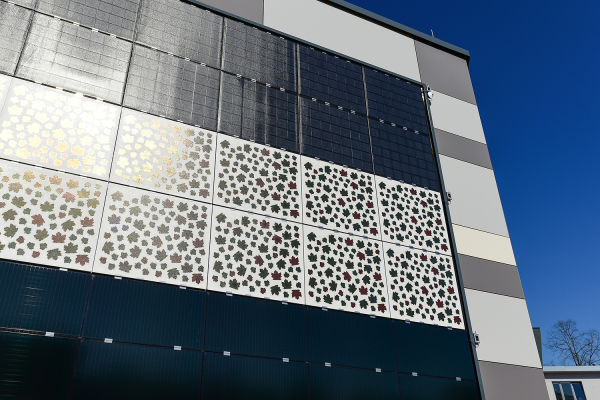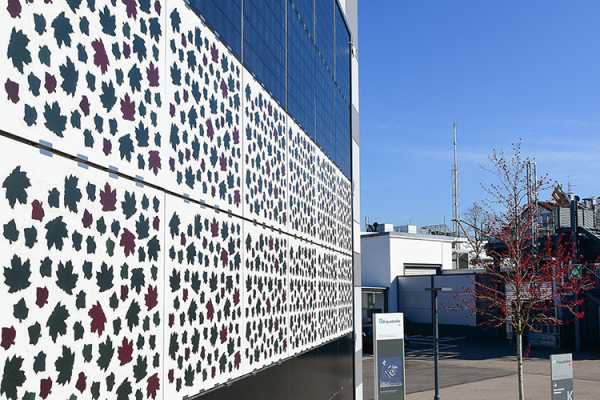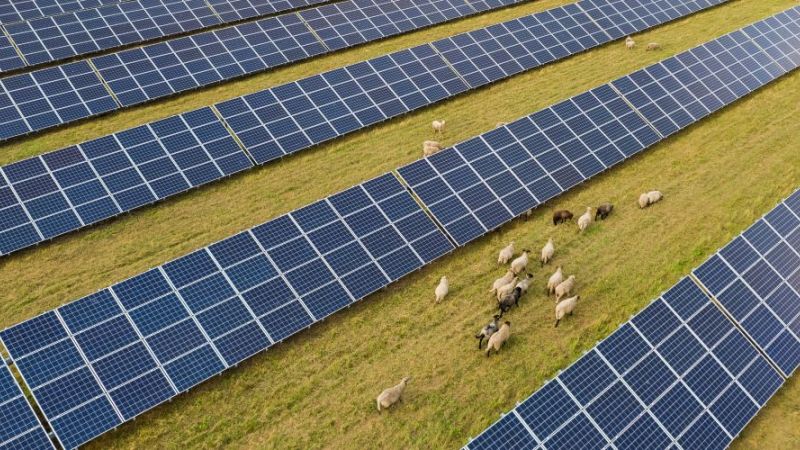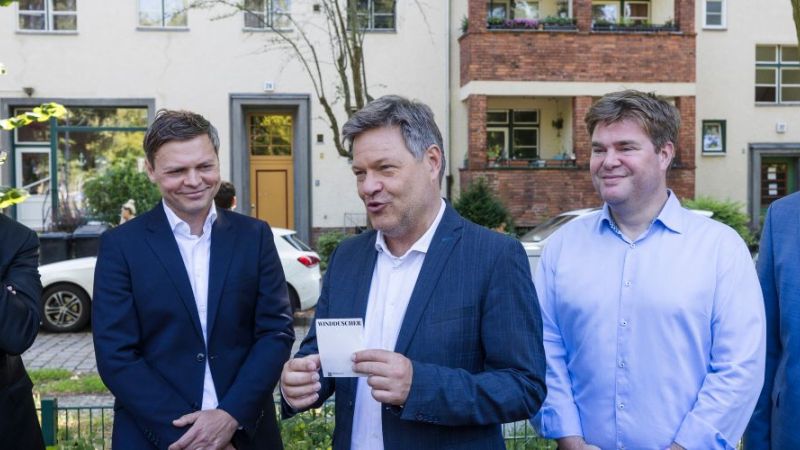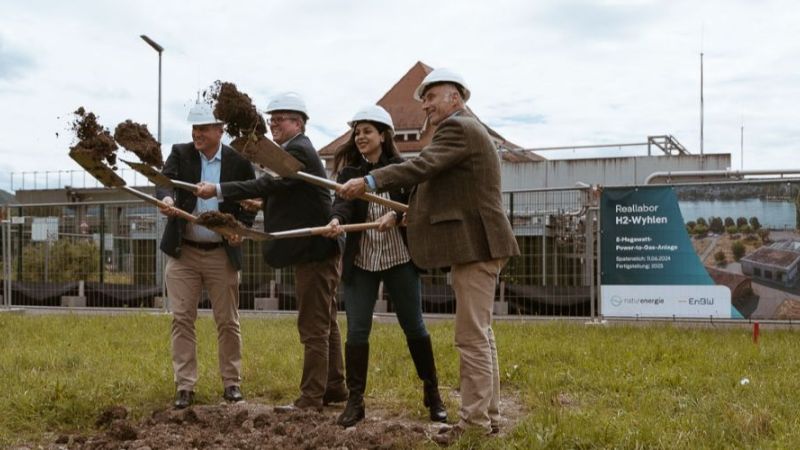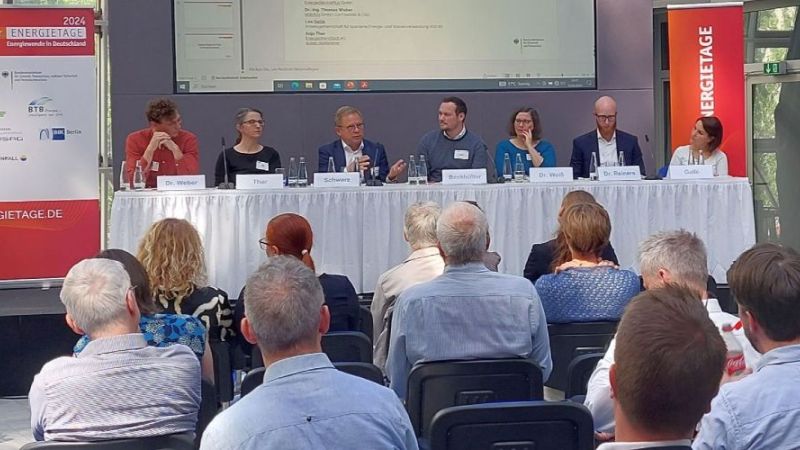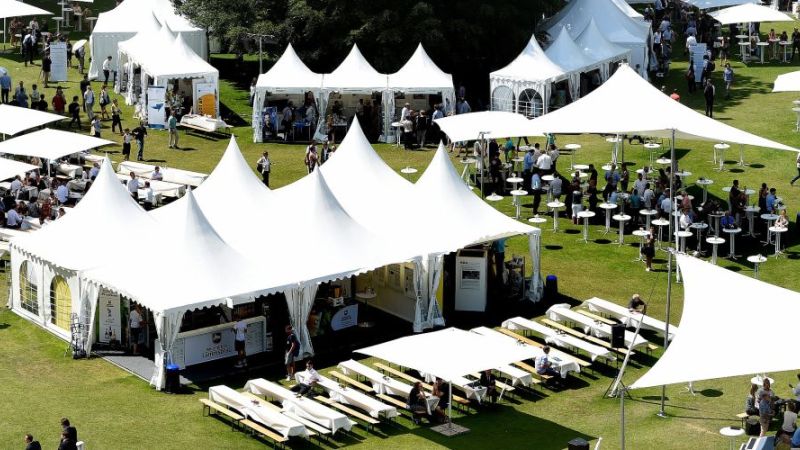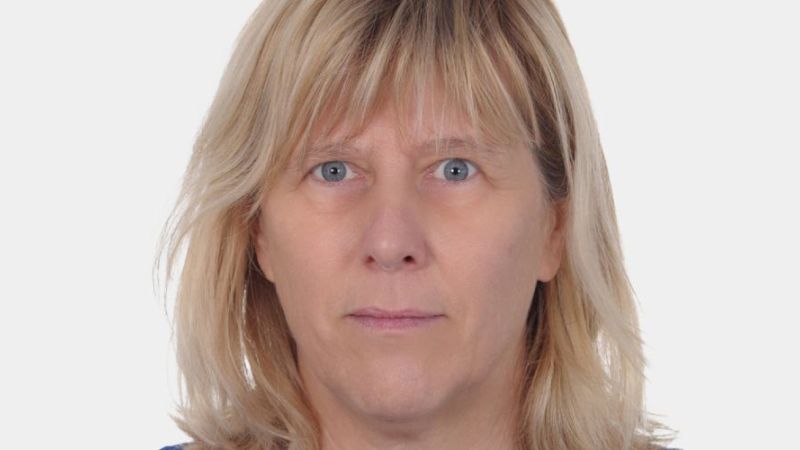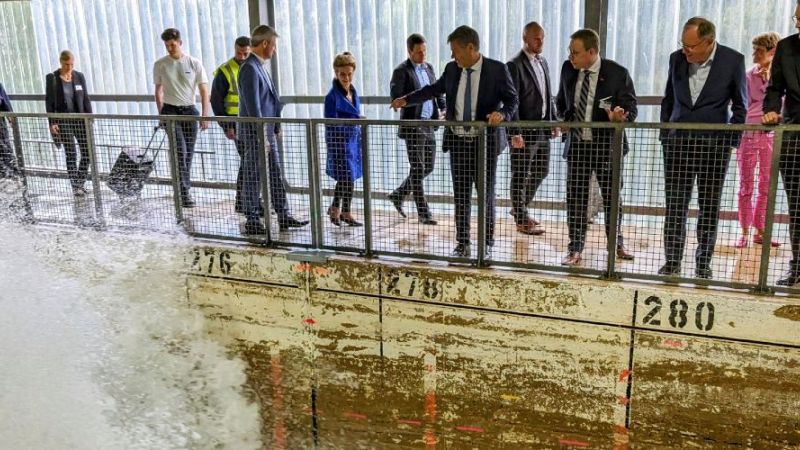 © Fraunhofer ISE
© Fraunhofer ISE
Photovoltaics
A look behind the photovoltaic facade
Jan-Bleicke Eggers Mission Electricity Transition 2045
INTERVIEW WITH DR JAN-BLEICKE EGGERS
Photovoltaic systems on roofs are a familiar sight. But other building surfaces can also be used to generate power from the sun's rays. The research team of the Standard BIPV project is dedicated to these building-integrated photovoltaics (BIPV). Their goal: to optimise the planning and construction process of solar energy plants by using standardised components to facilitate production processes. Project leader Dr Jan-Bleicke Eggers reports on the research results in an interview.
Mr Eggers, what were the central challenges in the Standard BIPV project?
We have developed a BIPV facade system from scratch - everything except for the solar cells, the power electronics and the adhesive foils. To achieve this, we had a broad range of expertise brought together in the project team: from structural design specialists to mechanical engineering and metal construction. This was also very exciting for me personally as project leader, to be right at the interface between the construction world and mechanical engineering precision and to have a kind of mediating role to bring the different perspectives together.
A central development of the joint project is the standardised BIPV facade system. What are the special features of this system?
Our aspiration was to prefabricate as far as possible. We therefore developed a substructure in the form of a frame into which the solar modules are inserted. During this process, the mechanical and electrical connection happens simultaneously. The whole concept is called Plug&Power technology. This means that, in principle, a single person can assemble a module. In addition, we have designed some of the solar modules as lightweight modules, which weigh only about one sixth of the usual weight. This idea was very innovative from my point of view, but at the same time results in increased precision requirements. Overall, the project has led to innovations in the modules, in the substructure and in the electrical system.
What other findings have emerged from the project?
In addition to the previously described constructive part, we carried out a basic solar potential analysis. This is special because, as far as I know, it is the first time that we have surveyed the solar potential of buildings throughout Germany in order to investigate which areas could actually be used. This analysis has not yet been fully completed and will be continued in the follow-up project. In combination with a shading analysis, we improve the data basis in order to be able to calculate the solar irradiation situation even more precisely and to identify usable building areas.
The follow-up project Standard BIPV System, which you are also leading, directly follows on from the research work of the previous project. What goals are you pursuing with your partners in the new project?
In the Standard BIPV project, we focused on one building category, namely industrial halls, because they are quite homogeneous. In the follow-up project, we want to take a broader approach, which means we also want to address residential and commercial buildings and further strengthen the aspects mentioned at the beginning: this is modularisation, so that the planning and construction effort is further reduced. In addition, we want to further advance standardisation and prefabrication in order to reduce hurdles in use and, of course, also costs.
Looking to the future, what role do you see for photovoltaics in general and BIPV in particular against the background of the energy transition?
If you look at the big picture, we have a whole range of renewable energy sources. But from my point of view, two stand out: wind and sun. These are the two that exist in almost all parts of the world and can be used with relatively few or surmountable obstacles due to high acceptance among the population. Photovoltaics in particular is a central pillar for the energy transition, as it has been technically reliable for a long time, is becoming increasingly cost-effective, has a relatively low environmental impact, is available everywhere and the energy yield can also be planned fairly well.
As far as BIPV is concerned, we have even more advantages there beyond general photovoltaic use: We continue to use building structures that are there anyway. At the same time, we provide power close to consumption. Moreover, we usually have no competition when it comes to the areas we use. So I think that BIPV is an important driving force.
What advice do you have regarding these advantages for architects or owners and building developers, for example?
Basically, the central message to all involved must be: Whenever the building envelope is touched, regardless of whether energy-efficient refurbishment is being carried out or other work is being done on the facade or roof, solar use should be considered - in other words, it should be checked whether it is technically possible and economical. At the latest when it is economical, it must actually be implemented. Quite simply against the background that every facade that is renovated is then left to its own devices again for 20 to 50 years. This point should be particularly considered for new buildings, because it will then be cheaper as conventional components are saved.
Do you increasingly see photovoltaics as a design component in the construction industry?
Photovoltaics generally has a good reputation. You have to build on that. However, I believe that it is important on the part of industry and research that they are used in a way that is aesthetically pleasing and of high quality. That is also a point we are working on here in the group. We want to increase design diversity. We do not want an architect to say: "Oh dear, I have to use photovoltaics." Photovoltaics should be seen as a design element, just like other surface materials. A design element that also has a climate protection effect and a meaningful benefit at the same time. I see a big challenge here. We need to develop photovoltaics in an urban context efficiently and at the same time in a way that is aesthetically pleasing. Only then do people look at their village or town and say: "I still like living here."
The interview was conducted by Andreas Viehof, science journalist at Project Management Jülich.


